Q&A: Behind the Bold Music of The Handmaid’s Tale
Feeling like The Handmaid’s Tale is hitting too close to home? Like the terrifying world of Gilead is just a few inflammatory tweets away? You’re meant to.
When production began last year, the team behind Hulu’s brilliantly chilling adaptation of Margaret Atwood’s 1985 novel couldn’t have known just how world events would converge with their dystopian story. But they purposefully wanted viewers to feel like Atwood’s story was playing out in the present day, so we could feel the urgency and danger looming. One way they accomplish this: the music.
We talk with music supervisors Michael Perlmutter and Mikaila Simmons of Toronto’s instinct e, whose credits include Beauty and the Beast, Mary Kills People (we spoke recently with Mikaila about this one) Vikings, Degrassi, Penny Dreadful, Into the Badlands and many more.
Michael and Mikaila go behind the scenes with us, sharing how they collaborate with the show’s creators to create a sense of terror, rage, and freedom through music.
Michael and Mikaila, when you first got started with the project, were there specific themes or genres you started exploring during your research?
Michael: Absolutely. There were in depth conversations with the creator, showrunner, Bruce Miller and Producer, Sheila Hockin, about styles and genres and themes. The key word that popped up in all conversations was the inherent sound of ‘freedom’. Gilead has no music – no art and no books for the most part that we can see. The Handmaids are forbidden to read, write, listen to music, etc. And as you will notice, there is never music ‘playing’ in Gilead except in Episode 106, when the Commander has some background music on to add some ‘class’ to his home meeting with a Mexican government delegation. So, when we use music in feature/montage moments in the ‘present’ day (Gilead) we use it over top the scenes. The songs are powerful, emotive and inherently have a quality/lyrical feel of ‘freedom’. The ideas behind the songs have some natural and inherent ‘freedom’ feels. “You Don’t Own Me” (end of 101 – even though it’s in end credits, it’s part of present day Gilead), “Don’t You Forget About Me” (end of 102), “Waiting For Something” (end of 103).
There were no boundaries for genre or style. If a song worked, it worked. It could come from any era, any artist, any style. We did, however, make a list of strong, empowered female artists/songs and certainly used some songs from that list!

You Don't Own Me
by Lesley Gore
from The Handmaid's Tale Soundtrack · Season 1 · Episode 1 · Offred
End credits
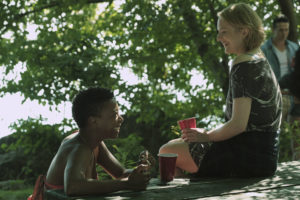 Mikaila: While there isn’t much music in this show, it serves an important role in bridging the gap between the oppressive, sterile environment of Gilead and our modern-day world. As Michael said, we were given zero genre boundaries; music functions almost as the voice in a character’s head as she/he feels something that connects them to their past life, or past emotions. Consequently, we circulate through several styles and genres: we don’t filter the music that enters our minds by genre or decade, so why would we impose those filters on the soundtrack of this show? If a song evokes visceral feelings or references a specific moment in culture, it has a place in the Handmaid’s universe.
Mikaila: While there isn’t much music in this show, it serves an important role in bridging the gap between the oppressive, sterile environment of Gilead and our modern-day world. As Michael said, we were given zero genre boundaries; music functions almost as the voice in a character’s head as she/he feels something that connects them to their past life, or past emotions. Consequently, we circulate through several styles and genres: we don’t filter the music that enters our minds by genre or decade, so why would we impose those filters on the soundtrack of this show? If a song evokes visceral feelings or references a specific moment in culture, it has a place in the Handmaid’s universe.
Music also helps to establish a timeline for America’s demise. When we hear “Wildfire” by SBTRKT at a summer barbeque pre-Gilead, it serves as a jarring reminder that the Handmaid’s Tale world is not set in the distant future. This story takes place in the here and now.

Wildfire
by SBTRKT
from The Handmaid's Tale Soundtrack · Season 1 · Episode 1 · Offred
June (Offred) and Moira together at the bbq.
Can you describe the process for selecting the music for The Handmaid’s Tale? Who is involved in generating ideas and making selections?
Michael: Great question. It was an incredibly supportive team effort but Bruce led the charge for most of the episodes. He had some songs in mind and wanted to place them in certain spots. Reed Morano, director and a visionary for the show, was VERY instrumental in choosing songs in the episodes she directed (101-103). And the three editors (Wendy Martin, Chris Donaldson, Aaron Marshall) had great song ideas and some were used. It was the most collaborative experience we’ve had to date. All ideas were welcome. Everyone was deeply invested in the storytelling and songs that supported that vision were chosen.
What has been your favorite scene/sync so far?
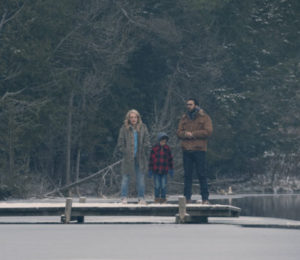 Michael: That’s a tough one – that’s like choosing your favorite child! My favorite sync so far has been “Sweet Baby James” by James Taylor in 107. We had many, many ideas for this scene and when Bruce suggested this song after seeing lists of songs, we all fell in love with it against picture. It’s a beautiful, yet heart-wrenching scene. The scene takes place in the remote cottage as the family tries to make their way into Canada. It’s their last ‘layover’ before they make a run for it. We thought that cassette tapes were lying around this cottage. And we riffed off the fact that June had some tapes with her when she left the house. So, what would be there – what artist’s music is intimate/family-centric for cottage country? I used to listen to a Mr. Taylor’s Greatest Hits (on vinyl!) every night at summer camp for 60 days and that was one of the most intimate, beautiful, lullabye-like songs ever written. Emotionally, the song immediately made you feel at ‘home’, inside this crazy world that June & Luke are embroiled in. And their main focus is to make everything as normal for Hannah as possible: making pancakes like so many other mornings. We all cried at the mix when we heard it mixed in with all other elements. It’s the final family moment they have before the car crash.
Michael: That’s a tough one – that’s like choosing your favorite child! My favorite sync so far has been “Sweet Baby James” by James Taylor in 107. We had many, many ideas for this scene and when Bruce suggested this song after seeing lists of songs, we all fell in love with it against picture. It’s a beautiful, yet heart-wrenching scene. The scene takes place in the remote cottage as the family tries to make their way into Canada. It’s their last ‘layover’ before they make a run for it. We thought that cassette tapes were lying around this cottage. And we riffed off the fact that June had some tapes with her when she left the house. So, what would be there – what artist’s music is intimate/family-centric for cottage country? I used to listen to a Mr. Taylor’s Greatest Hits (on vinyl!) every night at summer camp for 60 days and that was one of the most intimate, beautiful, lullabye-like songs ever written. Emotionally, the song immediately made you feel at ‘home’, inside this crazy world that June & Luke are embroiled in. And their main focus is to make everything as normal for Hannah as possible: making pancakes like so many other mornings. We all cried at the mix when we heard it mixed in with all other elements. It’s the final family moment they have before the car crash.

Sweet Baby James
by James Taylor
from The Handmaid's Tale Soundtrack · Season 1 · Episode 7 · The Other Side
June, Luke and Hannah making pancakes (flashback).
Which scene has been the most challenging to sync?
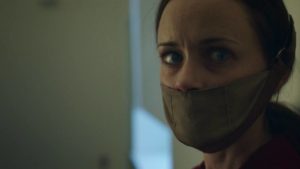 Michael: There were two but we’ll focus on an episode that’s already aired: End of Episode 103. I spent most of a weekend on text and phone with director Reed Morano, looking for something. There were many options Mikaila and I chose that were similar in tone to the temp track that was in the cut that we replaced. The themes and genres varied; the messages/lyrical ideas were wide open for many different interpretations – a kind of carte blanche which was exciting and challenging! As we approached the weekend Reed wanted something unexpected, filled with rage and a bit harder edged than we had been chatting about. We went to punk and harder rock stylings and went through about thirty songs in three hours as we searched. Reed found “Waiting For Something” and was convinced of its merit – it’s definitely an unexpected choice and its rage and lyrical message fits very well with Ofglen’s rage she is experiencing – which, really, is unimaginable…
Michael: There were two but we’ll focus on an episode that’s already aired: End of Episode 103. I spent most of a weekend on text and phone with director Reed Morano, looking for something. There were many options Mikaila and I chose that were similar in tone to the temp track that was in the cut that we replaced. The themes and genres varied; the messages/lyrical ideas were wide open for many different interpretations – a kind of carte blanche which was exciting and challenging! As we approached the weekend Reed wanted something unexpected, filled with rage and a bit harder edged than we had been chatting about. We went to punk and harder rock stylings and went through about thirty songs in three hours as we searched. Reed found “Waiting For Something” and was convinced of its merit – it’s definitely an unexpected choice and its rage and lyrical message fits very well with Ofglen’s rage she is experiencing – which, really, is unimaginable…

Waiting for Something
by Jay Reatard
from The Handmaid's Tale Soundtrack · Season 1 · Episode 3 · Late
Ofglen is told what has been done to her. End c…
Mikaila: This was a very challenging scene for me. As a woman and a content consumer, there are few things that have disturbed me more than watching Ofglen realize that she had undergone a forced clitorectomy. There were two ways to approach the scene: we could use a song that would more gently score the rage, anguish and heartbreak of the moment, or one that would hit us over the head like a ton of bricks. As Michael said, there was a ton of back-and-forth over this spot; ultimately, Reed was keen to explore something unexpected and jarring that would propel us forward into the next stage of Ofglen’s journey.
The flashbacks are key to understanding this new world and the handmaids’ emotions as they wrestle with this new – and horrifying – reality. Can you tell us a little about how the show is using music to differentiate between pre-Gilead and post-Gilead era?

Michael: Another great question! We touched on it a bit earlier in that we always wanted to inherently speak of freedom in our choices. In the flashbacks, we wanted to focus on music that spoke to some type of normalcy – non-constraining. As we’ve said, there are very few shows that can incorporate Peaches, Nina Simone, Kylie Minogue, James Taylor into one soundtrack. These artists are world-class because of their unique style, voice and ability to be themselves and speak their minds and emote feelings. These songs are played withIN the scenes as you hear – a conscious decision to create that normalcy of what the women, or anyone, could listen to pre-Gilead. We looked for songs that were emotional, playful or wistful.
We love the Peaches placement in 103 – it may seem ‘obvious’ but it’s super fun, rad and speaks volumes about the freedoms that we all probably take for granted in today’s world…and also speaks to the polar opposite worlds of pre-Gilead and post-Gilead.

F**k the Pain Away
by Peaches
from The Handmaid's Tale Soundtrack · Season 1 · Episode 3 · Late
Song June (Offred) is listening to when she and…
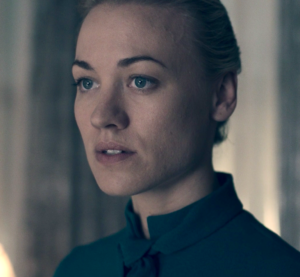 Mikaila: I think it was important to the entire team that we use music to establish that these characters once existed as regular human beings within the 21st century. Some characters – Serena Joy, for instance – chose to give up certain liberties for the “common good.” Many had their liberties taken away from them. While every member of Gilead has had to adapt their personality to accommodate their new world, it was important to establish through music that echoes of past lives and freedoms still occasionally flare up. Music is an expression of self, and the songs these characters chose to listen to in their past lives help to establish what once was. It also highlights the devastation of all they’ve lost.
Mikaila: I think it was important to the entire team that we use music to establish that these characters once existed as regular human beings within the 21st century. Some characters – Serena Joy, for instance – chose to give up certain liberties for the “common good.” Many had their liberties taken away from them. While every member of Gilead has had to adapt their personality to accommodate their new world, it was important to establish through music that echoes of past lives and freedoms still occasionally flare up. Music is an expression of self, and the songs these characters chose to listen to in their past lives help to establish what once was. It also highlights the devastation of all they’ve lost.
The show has some bold choices for end credits songs that are full volume, front-and-center syncs. Can you talk about how the show is using these end credits songs as a part of the storytelling?
Michael: The choices are deliberately placed to support the storytelling – you are 100% right. There is SO much to say and feel – Bruce et. al. wanted songs or a specific artist to help with the emotion of the moment. There are so many. “You Don’t Own Me” (end of 101) – this song was on everyone’s lists at the beginning of production. It’s a natural fit to support Offred’s feelings by the end of Episode 101, our introduction to the story and to her. We feel her defiance and strength when she tells us her name at the end of the episode – she is her own person – and not ‘of’ anyone. We talked about end of 103, but one more for you: “I Want A Little Sugar In My Bowl” (end of 105) – Offred and Nick get together on her own accord. She is craving some connection, some care, some compassion and, also, some control. Offred goes to Nick’s on her own volition – risking everything. And the end song is sexy, happy with that tinge of melancholy. It’s a slight plea to save a soul.

I Want a Little Sugar In My Bowl
by Nina Simone
from The Handmaid's Tale Soundtrack · Season 1 · Episode 5 · Faithful
End credits.
The end credit song choices have polarized some fans – especially songs with a lot of history, like “Don’t You Forget About Me.” What’s your take on the strong reactions?
Michael: ANY reaction is a good reaction. There have been many, many positive comments about the songs and some less than flattering comments. We are part of a team that is telling an exemplary and significant story. Music/song, in its essence, is a subjective art form. We made choices that we felt worked very well with the story, the emotion and the subversions of it all. The Simple Minds song had several levels of meaning and as a group, we decided that the iconic nature of the song was WHY it was chosen. As they were shooting the flirting scene between Offred and Nick (Episode 102), Reed, the director, had this vision of high school teens flirting and of course, this song came to mind. It’s also a play on what happens when Offred discovers that Ofglen has been replaced – and, also, Offred doesn’t want to be forgotten in this horrific world. The song’s iconography is part of the story. And hell, maybe in another world, they would have been high school sweethearts watching The Breakfast Club. And, also, maybe 20 years from now, this Handmaid’s moment will also be memorialized.

Don't You (Forget About Me) [Remastered]
by Simple Minds
from The Handmaid's Tale Soundtrack · Season 1 · Episode 2 · Birth Day
At the end; End credits.

Mikaila: So much of this show is bizarre and otherworldly. It’s quieter, subtler and creepier than anything I’ve ever seen on television. The moment a song enters the Handmaid’s world, it is going to stick out like a sore thumb: it’s inevitable, no matter what song you choose. Many viewers aren’t accustomed to consuming television where music is in your face, and acts as a piece of commentary on culture as much as it does an emotional enhancement to a scene. The creators felt it was important to connect this society to the culture of our past world, or else the show would feel disconnected from the reality of our time. The intertextual music references to other media products are one of the many ways the producers achieve that. We can all think of a few movies that use “You Don’t Own Me” or Nina Simone; part of the appeal of using popular songs on this show was how it would force the audience to pause and reflect on the loss of culture in the Gilead world. Love it or hate it, the music in the show often acts like its own character, and it’s here to stay!
Are there any scenes coming up that you’re particularly excited about?
Michael: Keeping this one spoiler free is pretty tough to do! The scenes in which songs play are quite integral to the story, but: Episode 109 has a great contemporary sounding song at the end and look out for a couple of doozies in Episode 110…
Anything that didn’t make it in that you wish had?
Michael: There is a Season 2…! Can’t give away any potential ideas, now, can we? There are a few we loved and are hoping we can use next season. Tune in for Season 2 in 2018!
Mikaila: There were certainly some songs left on the cutting room floor, but amen to finding them a home in S2! Music’s role in the show began to subtly evolve in the later episodes: some of the songs were rooted less in nostalgia and more in the contemporary space, so we’ll see where Season 2 will bring us, musically.
Well, first I’m anxiously – literally – awaiting the rest of season 1! Thanks so much for sharing with us.
More
〉Check out the full soundtrack for The Handmaid’s Tale on Tunefind
〉Read our Q&A with Mikaila Simmons about the music of Mary Kills People
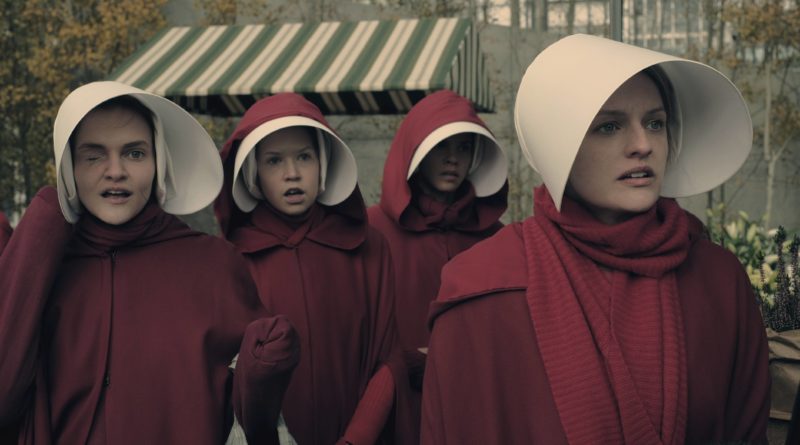


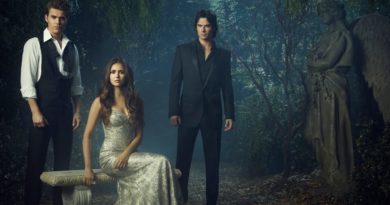
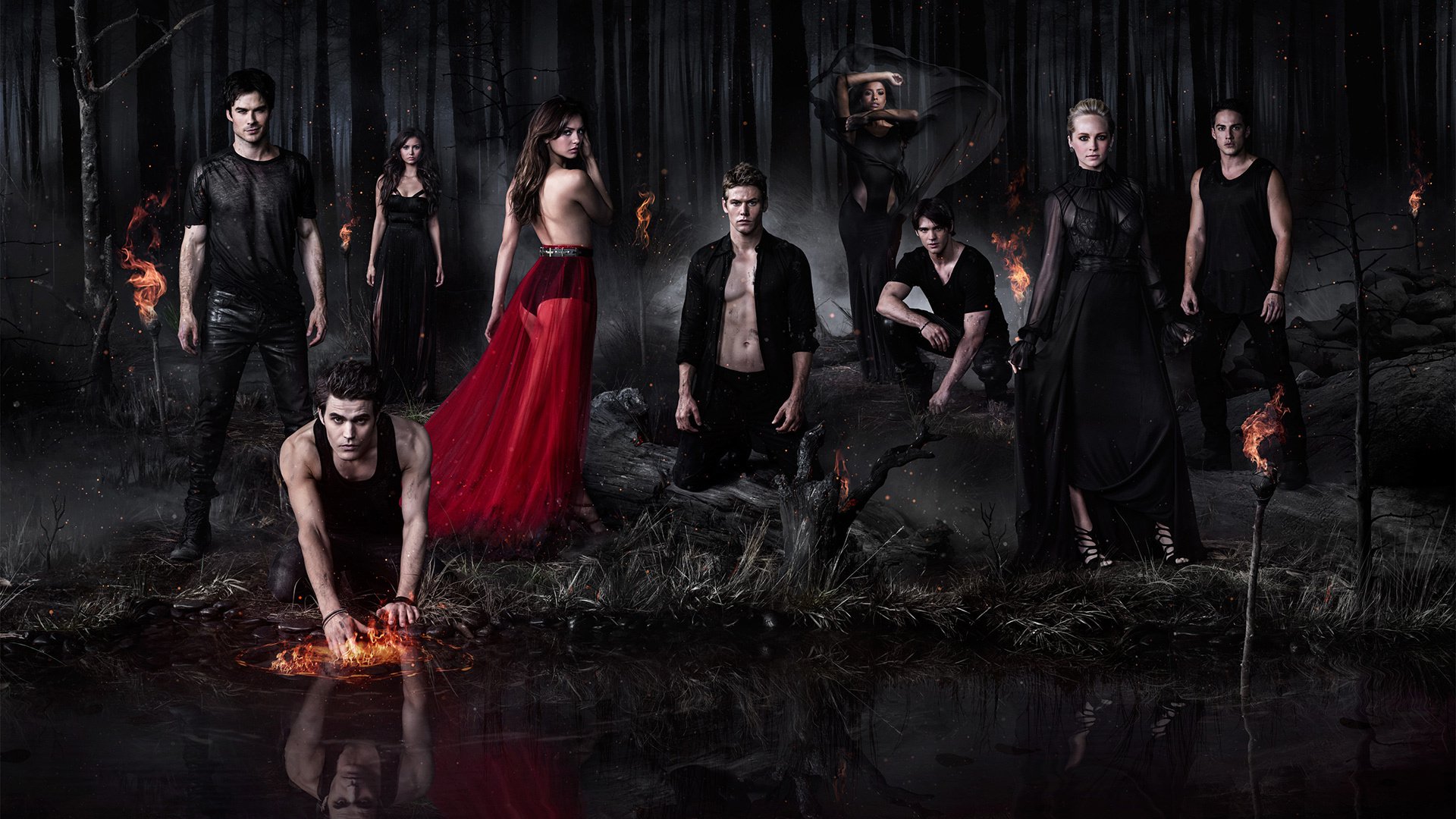
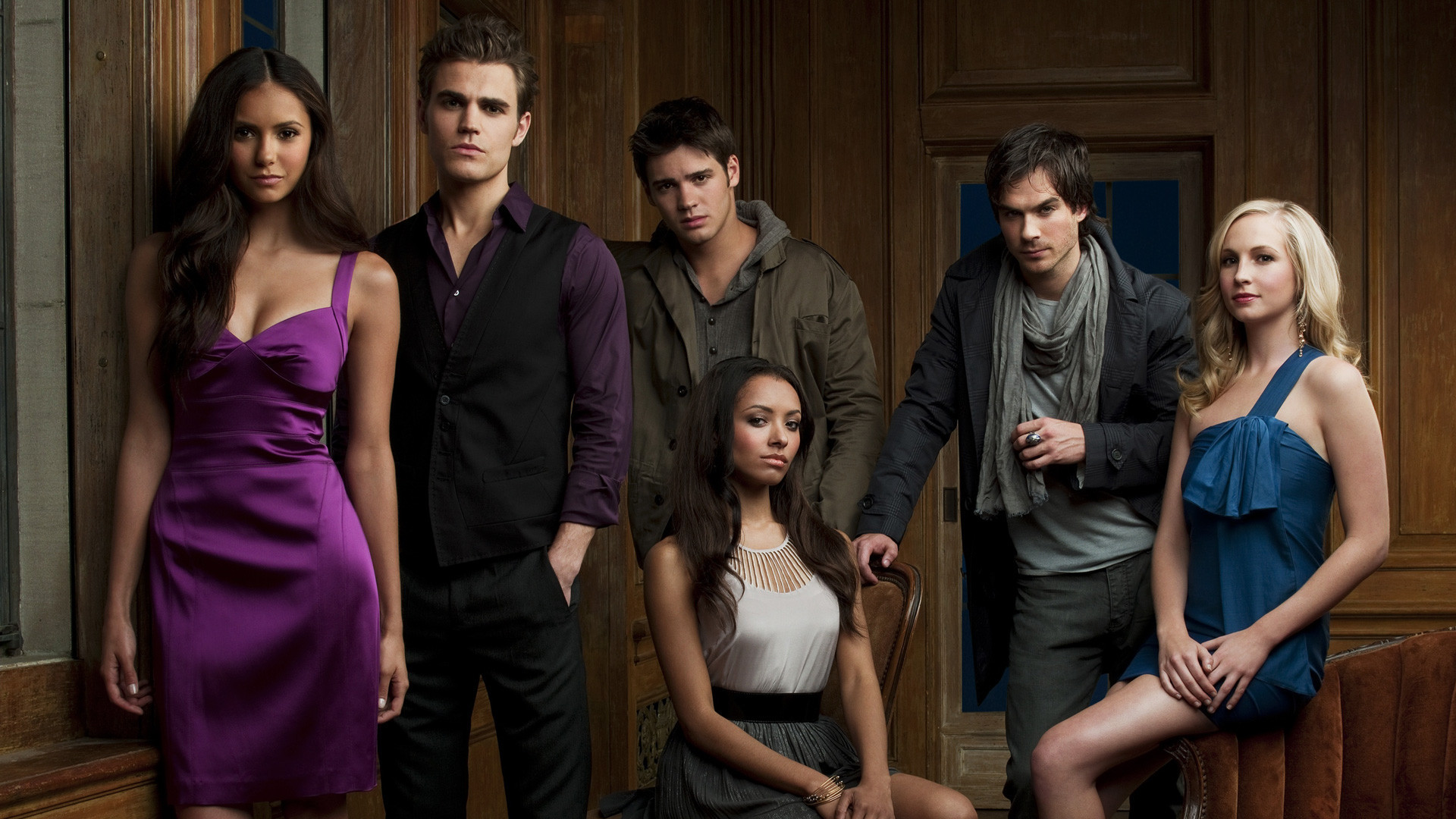
Pingback:Hello: Top New Shows of 2017 Driving Music Discovery - Tunefind